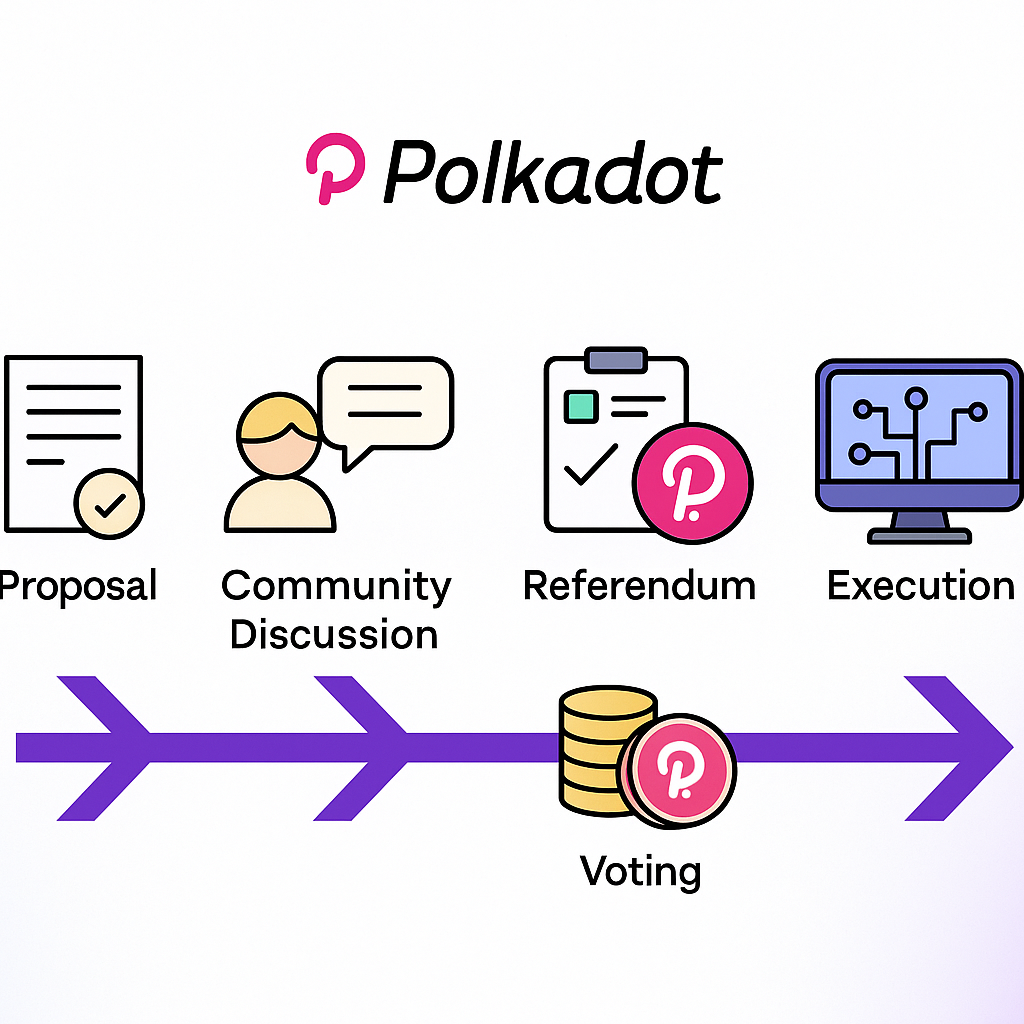
In the Polkadot ecosystem, governance is a fundamental component that ensures the network evolves in a decentralized, fair, and transparent manner. One of the key governance frameworks within Polkadot is OpenGov, which allows the community to propose, vote on, and implement protocol upgrades, funding allocations, and network changes. Unlike traditional systems where decisions are made by a centralized team, OpenGov empowers token holders and stakeholders to directly participate in the decision-making process, fostering community ownership and accountability.
Polkadot’s OpenGov is designed to balance decentralization with efficiency. While the relay chain and parachains handle security and transaction processing, OpenGov manages how the network evolves over time. It provides structured mechanisms for stakeholders to influence protocol parameters, approve or reject proposals, and ensure that network upgrades reflect the collective interest of the ecosystem.


Polkadot’s OpenGov framework includes several security and integrity features to ensure trustworthy and transparent governance. All votes and proposals are executed on-chain, which minimizes the risk of manipulation or censorship and provides a permanent, auditable record of decisions. Voting influence is token-weighted, meaning larger stakeholders have proportionate power, but mechanisms like conviction voting prevent short-term dominance and encourage long-term commitment to the network. Additionally, automatic execution is built into the system, so once a referendum passes, smart contract logic enforces the outcome exactly as intended, eliminating the need for intermediary intervention and ensuring that decisions are implemented reliably.
OpenGov is Polkadot’s decentralized governance framework, allowing token holders to collectively shape the network’s development. For users and developers, understanding OpenGov is essential to participating meaningfully in the ecosystem, whether it’s proposing changes, voting on critical upgrades, or influencing the allocation of resources across parachains.